Hamedorea Elegance
It is a shrub palm from the Mexican dense forests, popular with flower growers. The plant has a creeping trunk, from which many stems grow up to 2 meters high and up to 3.5 cm wide.
At the tops of the stems, panicles of 6 or 7 green leaves are collected, which eventually disappear. The leaves of khomedorea are pinnate, arched with lobar pairs, the length of which can reach 20 cm.
The palm tree is not demanding on lighting, tolerates shade well, loves diffused light, moist air and requires abundant watering. In summer, the best temperature for her is 25 ºC, and in winter - 15 ºC.
Hovea
A single-stemmed Australian palm tree that grows up to three meters in height when grown at home. The stems of the plant with pinnate leaf plates are located in the upper part of it.
As the palm grows, one trunk forms, and new leaves appear in small numbers and grow very slowly. Hoveya is unpretentious in care, calmly tolerates shade and sunlight, loves warmth and humidity, needs frequent and abundant watering. With proper care, a plant can live for more than a dozen years.
Ficus Benjamin
A perennial shrub with small leaves - a representative of the mulberry family. The plant was named after the Spanish botanist Jackson Benjamin. It grows in India, northern Australia and southern China.
The height of the bush varies from 50 to 300 cm, it increases by about 19 cm per year. Benjamin's ficus does not bloom under indoor conditions, but it is easy to care for and unpretentious. Loves sunlight, needs regular watering and spraying.
Calamondin
Perennial tree family of mouthparts from East Asia, bred by crossing the kumquat with tangerine. When grown at home, it reaches a height of 60-150 cm. The plant is distinguished by juicy dense greenery and bears fruit abundantly.
Calamondin does not tolerate direct sunlight, loves warmth. It feels best at a temperature of 18-20 ºC. In summer, water the plant more abundantly than in winter.
Monstera gourmet
Epiphyte of the aroid family with large dark green heart-shaped leaves. Monstera was imported from South America and is successfully grown at home. It has a long, thick stem more than a meter high.
Under natural conditions, the shoots of lianas reach 20 m in length. Loves moderate light, tolerates shade well, needs regular, even watering. The optimum temperature for keeping the plant is 16 ºC.
Dracaena fragrant
A tall plant of the genus of asparagus, which is native to Africa. Indoor conditions can grow up to two meters. It has a lignified trunk and long, narrow leaves at the crown of the crown and around the trunk.
Prefers moderate lighting at temperatures from 18 to 25 ºC, is not afraid of shade. Dracaena is unpretentious in care, it requires regular moderate watering without waterlogging and loosening. Water for watering this plant should be defended.
Dieffenbachia
A popular houseplant of the aroid family, imported from South America, named after a botanist from Germany. He loves light and warmth, but needs protection from the scorching sun rays.
The plant has thick stems with large variegated leaves. If the stem is damaged, it releases a poisonous juice that can cause burns if it gets on the mucous membranes of the eyes, nose or mouth. It is not difficult to care for dieffenbachia; it is enough to water the plant abundantly and keep the temperature in the room at least 18 ºC.
Sansevieria
Perennial ornamental plant without stems, popularly referred to as "mother-in-law's tongue". The genus belongs to the agave family and includes about 60 species. In natural conditions succulent can be found in Indonesia, India and Africa.
It has strong long leaves that have the ability to store water, so it can safely tolerate skipping watering. The plant loves warmth, does not need frequent watering and transplanting. The optimum temperature for keeping it is at least 18 ºC.
Hibiscus
The hibiscus or Chinese rose is a popular office plant up to 2 m tall and has a lifespan of about 30 years. Produces bright red flowers, under favorable conditions it can bloom all year round.
He loves shade very much and can grow easily in diffused light and temperatures up to 25ºC in summer and at least 15ºC in winter. The plant is recommended to be sprayed, fertilized and watered after the topsoil dries.
Philodendron
A thermophilic tropical plant, evergreen, with thick stems and large fleshy leaves. Most common in the Pacific Islands, Australia and America.
Due to its large size, a philodendron can only be grown in a spacious room, using a support for better growth. The plant prefers high air humidity, is thermophilic, does not tolerate drafts and requires regular watering.
Calathea
An ornamental deciduous plant of the arrowroot family with large variegated leaves on long cuttings, distinguished by its grace. Calathea is quite capricious, prefers a quiet place with humid air, it suits a low temperature of 16 to 22 ºC.
At higher room temperatures, it is recommended to check the soil periodically. Calathea should be fed with fertilizers from time to time, sprayed and watered regularly.
Abutilon
The second name of the plant is indoor maple, which was obtained due to the external similarity of the leaves. It grows in India and other countries with tropical and subtropical climates.
It is a branching shrub with three or five-lobed leaves about 10 cm long, ideal for conservatories or large spaces. The plant has bell-shaped flowers of yellow or red color. It is unpretentious in leaving, but it is afraid of drafts.
Hatiora
A cactus from the Brazilian rainforest that grows well upward and outward. It is a bush-type succulent with shoots. The shape of the processes differs from species to species and is flat or cylindrical.
Hiatora blooms in April or May with yellow, pink or red flowers. Loves bright light and humid air. The optimum temperature for keeping in summer is 18-25 ºC, in winter - 12-14 ºC. The plant should be watered at intervals of 1 every 20 days.
Tradescantia
Climbing plant with creeping stems, reaching considerable length and growing well in breadth due to regular pinching. The leaf plates are alternately located on the stem and can have a variety of shades and shapes.
A very sun-loving plant, it feels great at room temperature and does not tolerate frost. Requires moderate watering and periodic feeding in the summer.
Japanese fatsia
A large ornamental deciduous plant with medium-sized palm leaves - up to 35 cm. It is a genus of the same type of the Araliaceae family. All parts of the flower contain poison, so it is not recommended to place it in the nursery.
For maintenance, it is necessary to provide good lighting, humidify the air, regularly water, spray and fertilize once a week.
Large indoor plants are used to decorate rooms for various purposes. In addition, they perform very important functions: they purify the air, contribute to the creation of a positive emotional background. Palm trees and ficuses are distinguished by their originality and can decorate any room in an apartment.


 10 practical tips for arranging a small kitchen in the country
10 practical tips for arranging a small kitchen in the country
 12 simple ideas for a small garden that will make it visually spacious
12 simple ideas for a small garden that will make it visually spacious

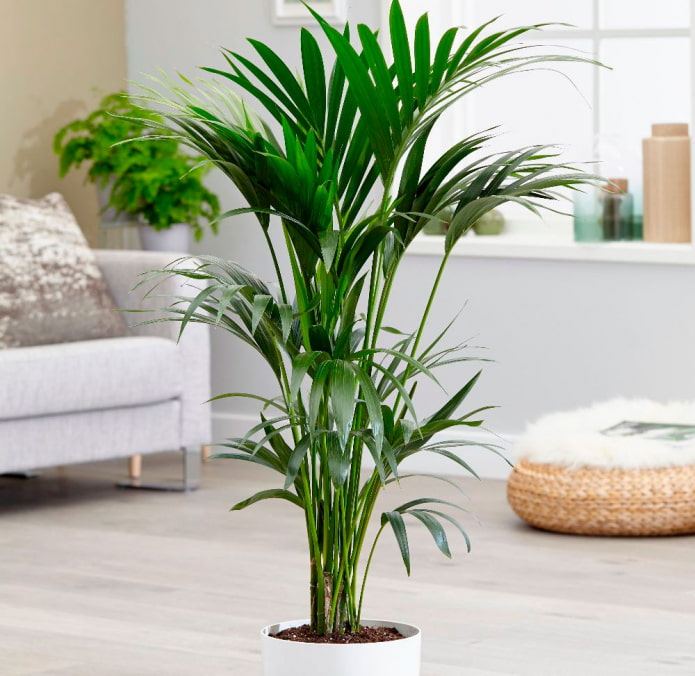

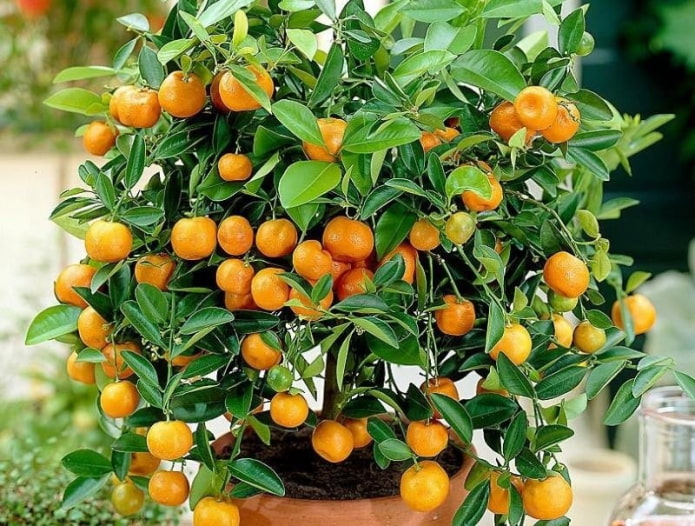


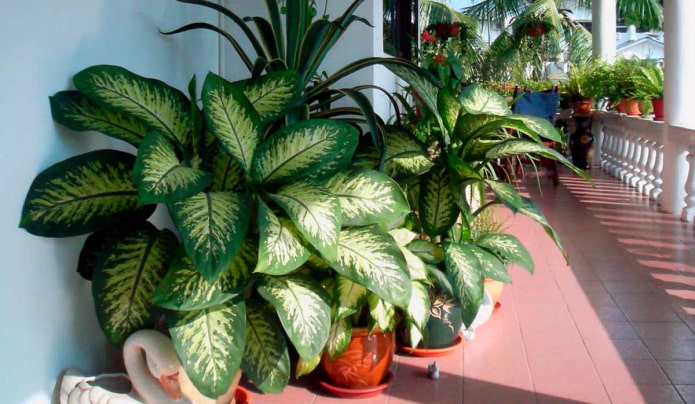
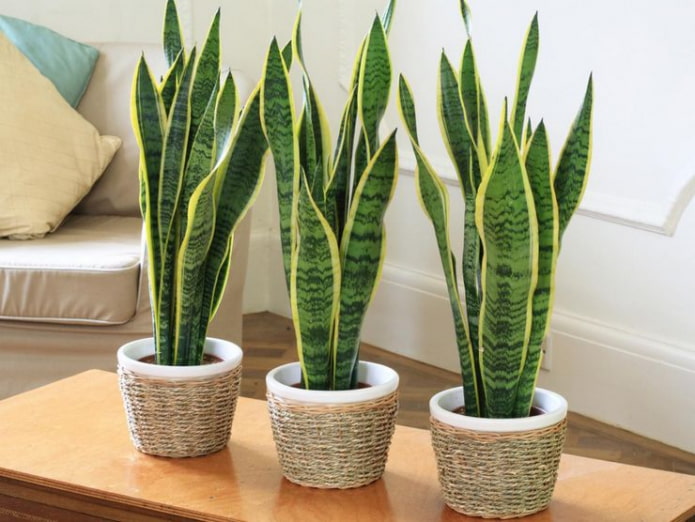


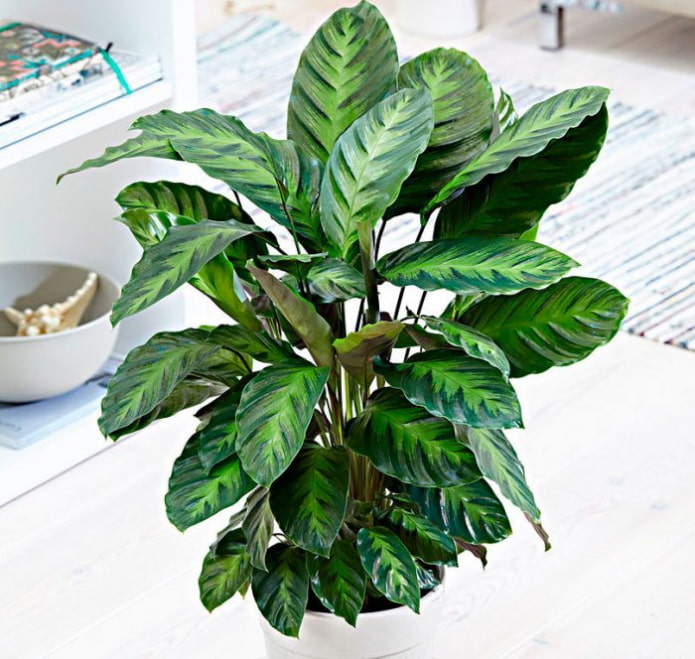

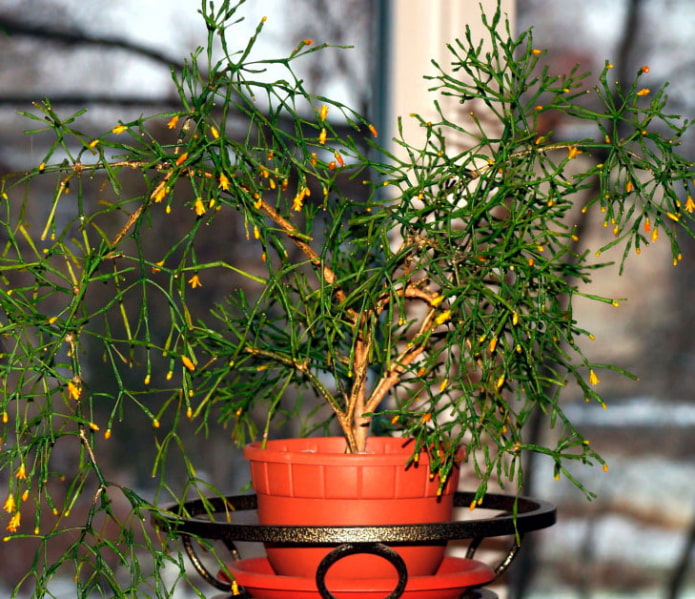

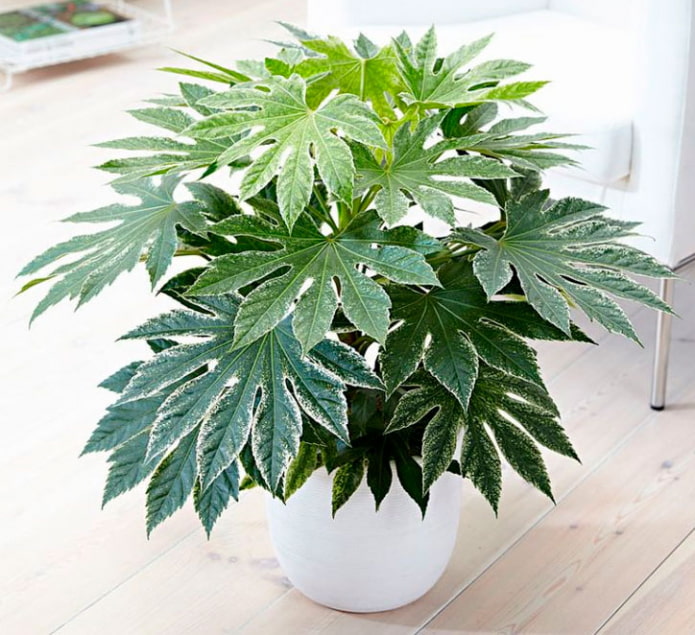
 13 bad habits a good housewife shouldn't have
13 bad habits a good housewife shouldn't have 24/7 home cleanliness - 4 secrets for the perfect housewife
24/7 home cleanliness - 4 secrets for the perfect housewife 6 hotels in Sochi that will give odds to the promoted foreign hotels
6 hotels in Sochi that will give odds to the promoted foreign hotels Top 10 interior design trends 2020
Top 10 interior design trends 2020 Rating of cheap TVs with Smart-TV
Rating of cheap TVs with Smart-TV New Year's LED garlands on AliExpress - we disassemble while it's hot, so that it's bright at home
New Year's LED garlands on AliExpress - we disassemble while it's hot, so that it's bright at home